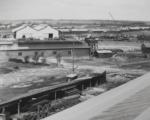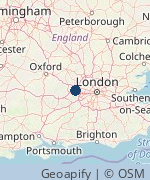HM Cordite Factory Gretna - a genealogical project on the Home Front
Nigel Crompton
- Organisation:
- NCAhistory.com
- Regions:
- Surrey, Oxfordshire, Buckinghamshire, Berkshire, Hampshire, Hertfordshire, Bedfordshire, Essex, Northamptonshire, London
- Notice Period:
- Emergency (maybe less than one week's notice)
- Type:
- Hobby
- Fee:
- Unknown: £40-£50
- Category:
- History
- Updated:
- 24th March 2024
Built especially for producing large amounts of the much required propellent on the borders of Scotland and England, Gretna in the Great War saw a massive influx of firstly builders and then workers, a large percentage of whom were female. Not only was there a need for a factory but all the infrastructure to sustain cordite production. We assess, using statistics and other research documents, the many roles undertaken, the dangers, but mostly the ordinary men and women who lived, worked, played and due to many accidents, died at this very large factory. Examples of members of the work force are given to explain the project and how we have accessed records, etc.
Views: 696 | Enquiries: 0About Nigel Crompton
I have been speaking for over 30 years on a range of subjects to many different and varied audiences. These include Rotary Clubs, Probus, Schools and different associations and special interest groups throughout the UK. At the age of 55 I was invited to go to University for the first time and gained a Masters Degree in British History, specializing in First World War Studies. During my career in the fire service I undertook presenting to many folk on the development of the Fire Service and other emergency services. Whilst I am based in Buckinghamshire, I have travelled widely not only researching but assisting with exhibitions and displays as well as giving talks.
Send a message to the speaker
If you are interested in this talk and wish to contact the speaker, please complete the following form:


